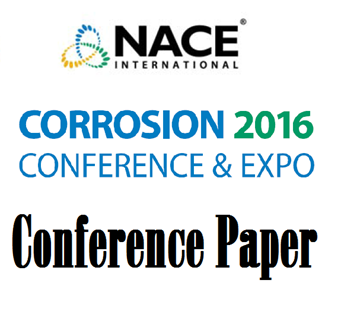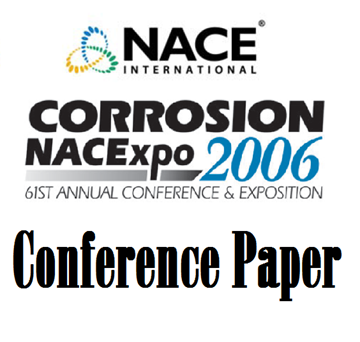Search
51316-7024-High Temperature FBE Coating Disbondment in Multi-Layer PP Insulation Coatings
Also Purchased
Fusion Bonded Epoxy Coatings (FBE) and Disbondment
Product Number:
51316-7246-SG
ISBN:
7246 2016 CP
Publication Date:
2016
$20.00
10002 Failure Analysis of Three Layer Polypropylene Pipeline Coatings
Product Number:
51300-10002-SG
ISBN:
10002 2010 CP
Publication Date:
2010
$20.00
06053 MULTI-LAYER PIPELINE COATING SYSTEMS: A NEW LOOK AT THE EVALUATION OF CERTAIN QC TESTS AND CRITICAL APPLICATION PARAMETERS FOR FBE PRIMERS
Product Number:
51300-06053-SG
ISBN:
06053 2006 CP
Publication Date:
2006
$20.00




